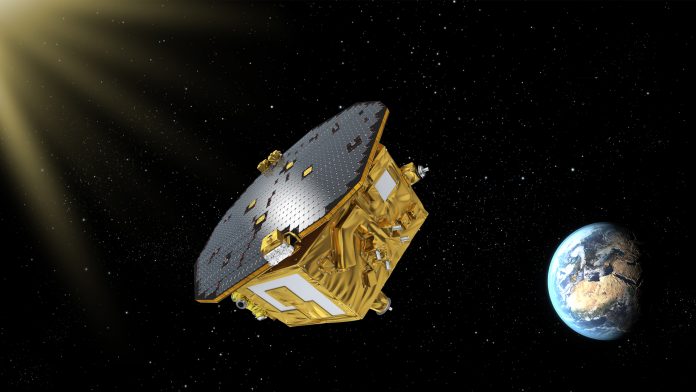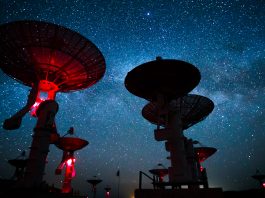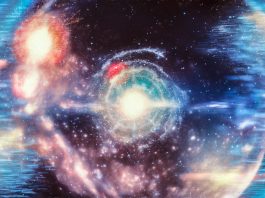International Editor Clifford Holt spoke to Dr Oliver Jennrich, the Project Scientist for ESA’s Laser Interferometer Space Antenna (LISA) mission, which will be the first gravitational wave observatory based in space
The European Space Agency’s Laser Interferometer Space Antenna (LISA) mission will be the first space-based gravitational wave observatory. With launch expected in 2034, LISA will consist of three spacecraft separated by 2.5 million km in a triangular formation, following Earth in its orbit around the Sun. It will study the very nature of gravity itself by exploring the waves that emanate from some of the most massive and extreme phenomena in the Universe.
Dr Oliver Jennrich, the LISA mission Project Scientist, spoke to The Innovation Platform’s International Editor, Clifford Holt, about what makes it unique, how it will compliment other endeavours such as ATHENA, and how it builds on the astounding success of the LISA Pathfinder mission.
As LISA will be the first mission probing the entire history of the Universe using gravitational waves, what challenges have you experienced in developing the mission concept? Have you been able to draw on successes elsewhere – the LISA Pathfinder mission notwithstanding?
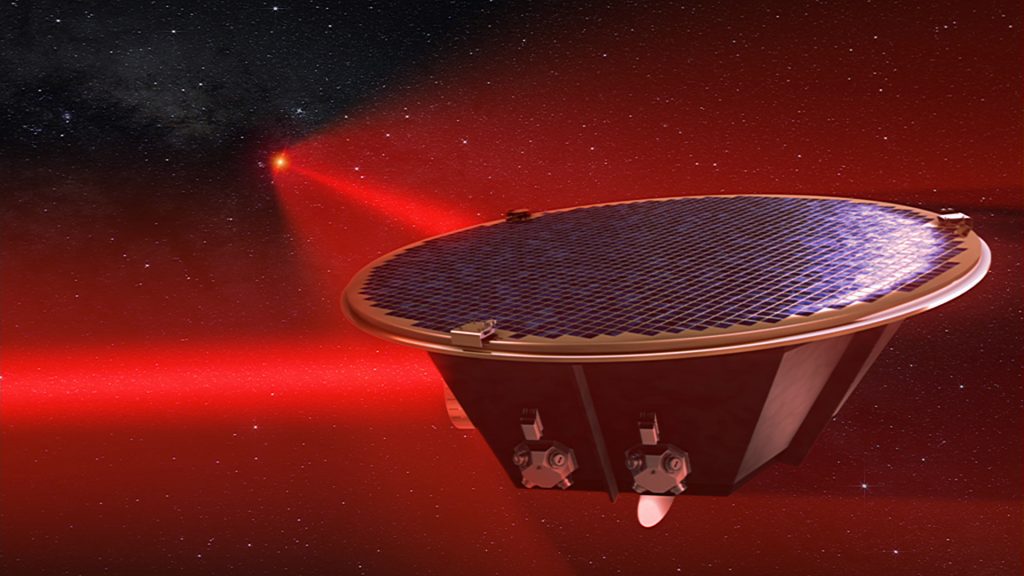
As artist’s impression of a LISA spacecraft
Looking back to the time when this mission was first proposed, which is more than 20 years ago, one of the biggest obstacles we had to overcome was the incredulity with which the proposal was first greeted, because no one had ever attempted anything like this before. We wanted to develop free floating test masses and what are known as drag-free satellites (which only follow gravitationally-determined orbits), for instance. And because much of what we wanted to achieve was completely new, there was very little to look at elsewhere, and where there were examples, they were not that helpful – in the US, for example, drag free satellites had been used by the military, and as such we were not able to see the results (although we were told that, if they are developed correctly, then they will work).
The engineers we spoke to about the proposed mission were also a little hesitant at the beginning – simulations would be of little use, and requesting the capability to do interferometry in space down to picometres, despite the fact that this can be achieved on the ground, was a daunting request. Similarly, at this time semiconducting lasers had very limited experience in orbit – and those which had flown had broken down very quickly (when we started, laser lifetimes in orbit were measured in days, not years), which was a cause of major concern. However, once the cause of their failure was understood, so too was the way to ensure this didn’t happen again, and so lasers are now regularly and successfully used in orbit – such as in the European Data Relay System (EDRS) satellites and Gravity Recovery and Climate Experiment Follow-On (GRACE-FO) mission, which uses a laser Interferometer to connect the two satellites and which is effectively doing now what LISA plans to do, just on a much smaller scale.
Regarding the drag-free satellites, however, we had to wait for the Pathfinder mission, as we needed to demonstrate that they were relatively disturbance free at timescales of thousands of seconds, which is impossible to do on the ground by using freefall facilities such as drop towers, which are limited to a few seconds maximum. Because of this, the community decided to construct a technology demonstrator mission, and the agencies agreed.
While LISA Pathfinder was designed to be a relatively fast and cheap mission, it grew into something more expensive and time consuming as we continued to explore both the engineering and technological challenges. But, in the end, it was incredibly successful and, without it, the LISA mission would not be where it is today.
What were the main lessons learned from the Pathfinder mission?
On the technical side, we now know how to build things like the inertial gravitational reference sensors, which has given us a huge boost in confidence that the LISA mission can be done. We have also learned that LISA will be somewhat unique in comparison to many other space missions. That is, almost all other missions have a suite of instruments, and if one instrument in the payload fails, then the mission can continue by using the others. Of course, that is not ideal, and some of the science will be missing due to the failed instrument, but at least the mission can continue to function. For LISA, however, that is not the case – every instrument must work. The same was true for the Pathfinder mission: if the laser had broken, the mission would have been over.
This also lends another unique quality to LISA – because everything in the mission depends on every other element for it to be a success, each of the different instrument teams need to know at least a little about the work taking place in their counterparts. And what is more, it has become clear that the engineering teams need to learn to listen to the scientists, and, indeed, that the scientists need to listen to the engineers. There is a great degree of entanglement between the two, and multi- and inter-disciplinary working is going to be key to the mission’s success. This is also true for the management team. The Pathfinder mission has been a pathfinder for us all.
I was perhaps one of the most vociferous opponents to the LISA Pathfinder mission at the beginning; I didn’t believe it was necessary. Now, however, I am happy to admit that I was wrong; without it, we would have continued to stumble blindly forwards. And while the Pathfinder did become much more expensive than we had first envisioned, that cost would have been much higher without it, given that we are building three satellites, and could have made the same mistakes on all of them.
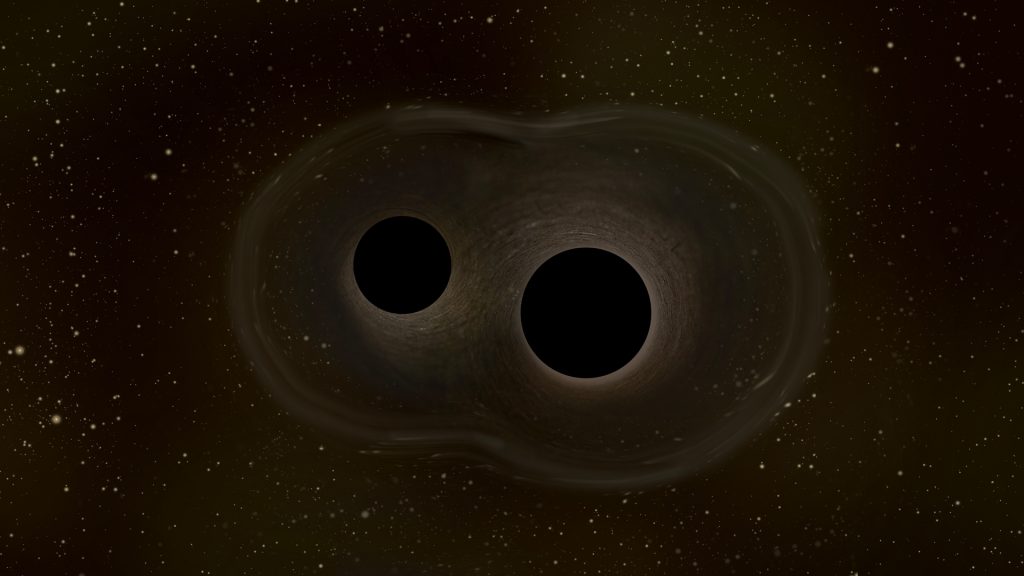
If you look at supermassive black hole coalescence in terms of their waveform, you can learn about the redshifted mass and their spin
How will LISA study how black holes form, evolve, and merge, and characterise their masses, spins, and redshifts? How will the mission generate a better understanding of the astrophysics of stellar-origin black holes?
If you look at supermassive black hole coalescence in terms of their waveform, you can learn about the redshifted mass and their spin. You can also learn a little about their position in the sky.
When we look at theories around how black holes formed in the Universe, some argue that many small black holes coalesced and so formed more massive ones, while others posit that the massive stars from the birth of the Universe collapsed into an object that already had hundreds of solar masses, meaning that there were fewer mergers of larger size which resulted in the black holes that we see today. If these black holes had since grown due to mass accretion, then we would expect them to have certain spin characteristics (because the mass would be being accreted from every side), which would differ from a black hole which has experienced multiple singular accretion events from which they accumulated a lot of mass each time. We can see these differences in the waveform, and so infer how they evolved.
With LISA, we expect to be able to see black holes regardless of their location because gravitational wave detectors – and this also included LIGO and Virgo – are fundamentally amplitude detectors; they see the amplitude of a signal, not its power. Due to the fact that the energy being emitted (or the ‘luminosity’, in gravitational wave terms) is enormous – in terms of energy, each one outshines the whole universe by around a factor of 50 – we can effectively look deeper into the Universe and so see black holes wherever they are. Indeed, according to theory, even if these black holes existed at a redshift of 20, we should still see them – albeit with an enormous signal to noise ratio. In this sense, LISA can be seen as providing something of a complete census of supermassive black hole coalescences in the entire Universe.
It is also interesting to note that LIGO (which, along with Virgo, was responsible for the first detection of gravitational waves) was predominantly built for supernova detection. Yet, it has never seen one, and every object that it has detected has been unexpected – with the exception of the neutron star binary, but even that wasn’t on the agenda. This demonstrates that while you need to have a sound science base for any proposed project or mission, and that you also need to show a high level of certainty that you will observe what you expect to observe, some of the most exciting things can be complete surprises. We hope that the same will be true for LISA – that we will achieve our science objectives but will also find things that we weren’t even looking for.
How will LISA complement other missions, such as ATHENA?
The Athena mission is designed to effectively look at the same objects as LISA, but with regard to black holes, ATHENA is looking at how they interact with matter, which means looking at the X-rays emissions.
ATHENA should be able to see Active Galactic Nuclei (AGNs) in the X-ray band independent of any other black hole, meaning that it will probably see more sources than LISA. Of course, once ATHENA has detected something of interest, LISA should also be able to detect it, and because events such as the inspiral of a stellar mass black hole into the centre of a galaxy last for tens of thousands of years or more, even if ATHENA detected the event years before LISA is able to look in that direction, we won’t have missed it. There will thus be a real synergy between the two missions.
This is exciting to see because in the past X-ray missions such as XMM Newton and then LISA, were very popular and so other missions, such as ATHENA, had to compete with them for a place in the programme. At this time, there was little in the way of collaboration between the mission teams because as each were concentrating on their own project. Now that both LISA and ATHENA have both been approved, with ATHENA ready to be adopted in 2022 and Lisa just a few years later, we can now begin to look at how the two will really complement one another when they are operational.
It is also hoped that both LISA and ATHENA will be operational for a significant length of time (for LISA, this is an initial four years, with possible six-year extension, and for ATHENA, this is an initial four years, plus possible extensions), and so there is a real possibility of generating excellent science. Of course, other missions have been operational for much longer (XMM Newton, for instance, has been in orbit for over 20 years), and so we might also dare to hope that LISA or ATHENA will see a similar lifetime.
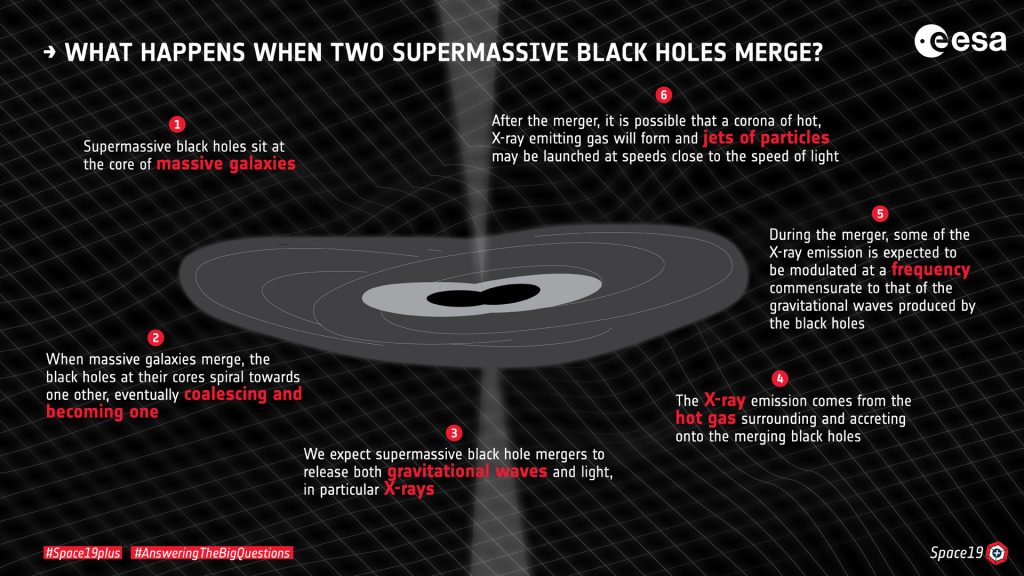
While launch is not expected until 2034, what stage has the mission now reached? How ready are the technologies?
In principle, we are meeting our technical schedule. The next step is the mission adoption, which is planned for 2024. Of course, the COVID-19 pandemic may have an impact – while we haven’t seen any significant delays because of the virus as yet, things are, of course, progressing a little slower because of it, and many small effects can add up over time.
Post-2024, there are always going to be things beyond our control – economies may experience difficulties which could result in ESA receiving less money from Member States, for instance, resulting in cuts to activities or a reprioritising of some things, and so on. So as predictions go, you have to be optimistic about your original schedule but also realistic about possible delays. At the moment, we are therefore focussing on the adoption for 2024.
Dr Oliver Jennrich
LISA mission Project Scientist
European Space Agency (ESA)
oliver.jennrich@esa.int
Tweet @esa
Tweet @esascience
https://sci.esa.int/web/lisa
Please note, this article will also appear in the fourth edition of our new quarterly publication.

